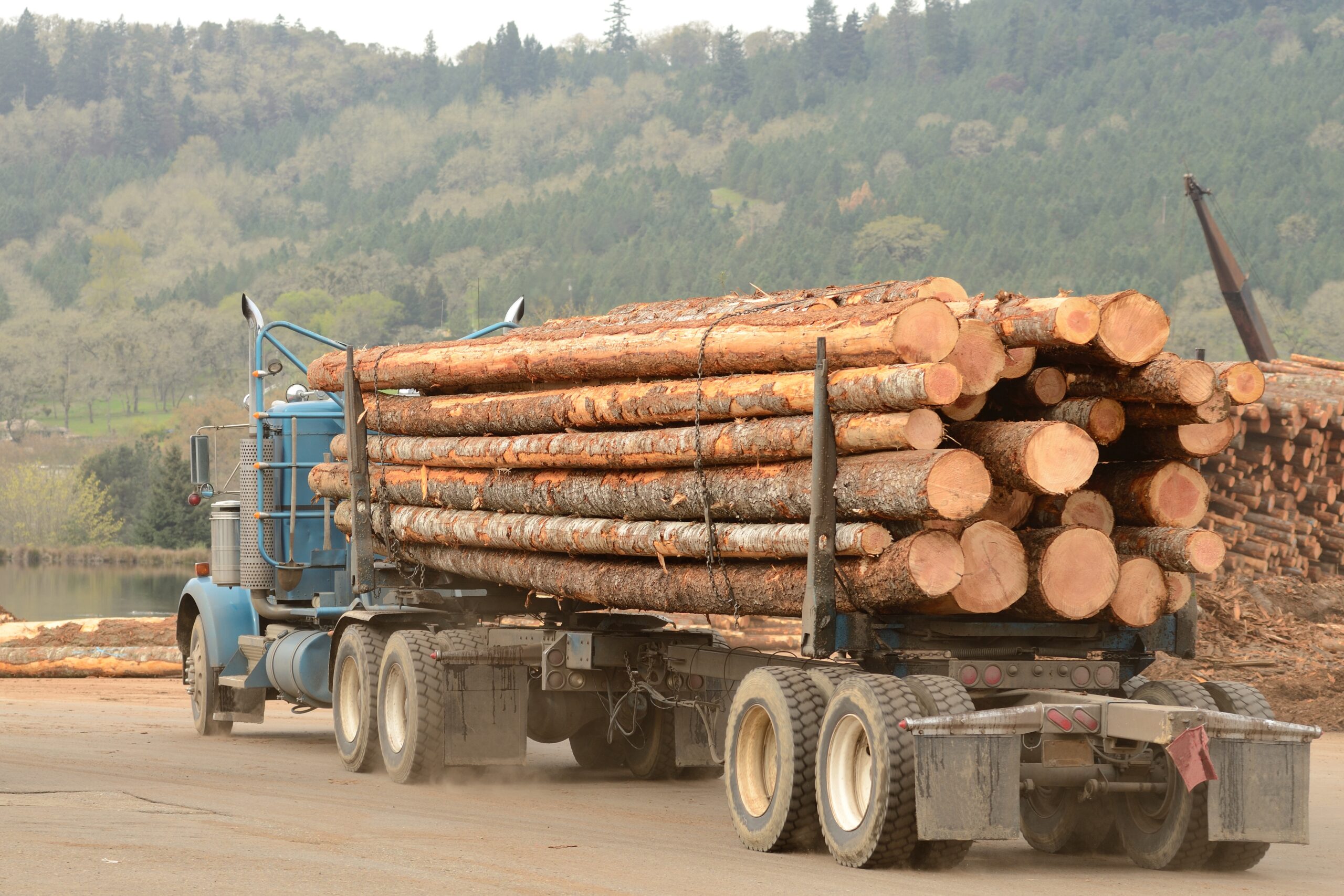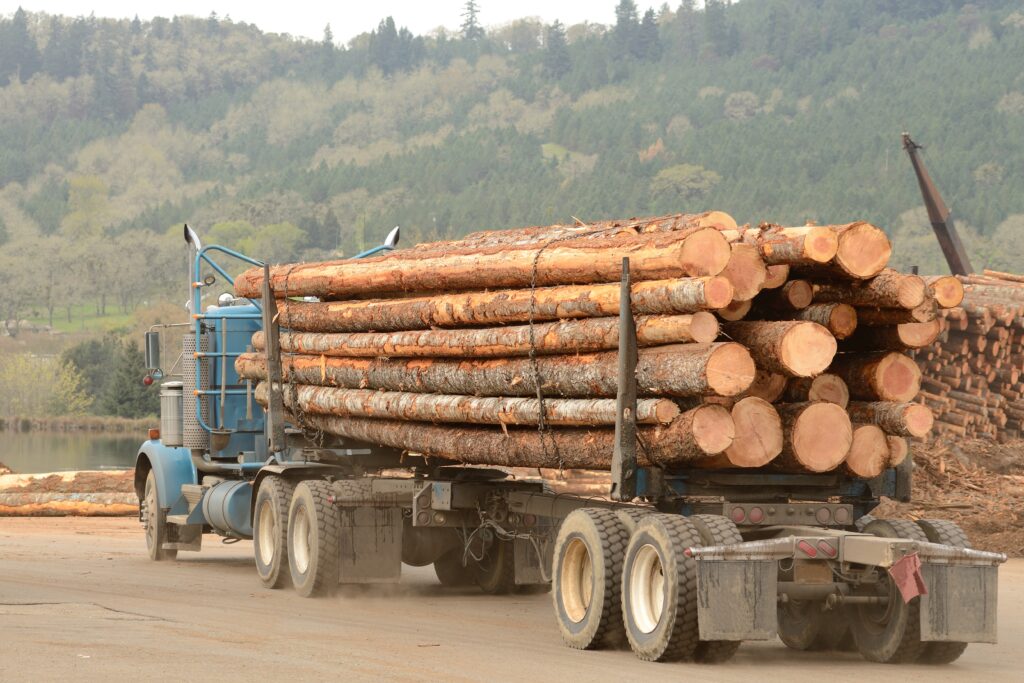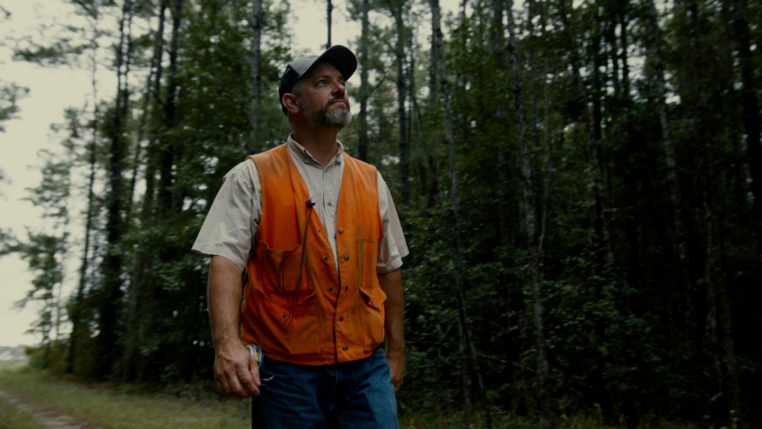Seeing the Supply Chain with New Eyes

I recently had the opportunity to spend a day with a supply chain expert from another industry. We spoke – at some length and in detail – about the forest industry supply chain and how it differed from other industries. This individual was deep in a large oil company – one you’ve absolutely heard of – and worried about how oil gets from deep under the earth and into a product you can actually use (mostly gasoline, but lots of other products as well). I learned a lot by speaking with someone who understands supply chains but not ours – and I thought I would share some of my observations.
I shared FRA’s Supply Chain Schematic with them, which shows the industry from timberland to finished product. This schematic served as a great starting point for a conversation, and I could see eyes light up as they tried to fit their industry onto ours – what was the same.

The first observation that caught my eye was that we don’t really have a waste product. Yes, there are co-products (think chips and sawdust from a sawmill). However, these are simply inputs to another product – the sawdust becomes pellets, the chips become pulp, etc. I was asked what would happen if there simply wasn’t a market for the residuals produced as part of manufacturing, and my answer of “the entire system would grind to a halt” was met with silence.
This led to the observation of how the forest industry is simultaneously a delicately balanced ecosystem AND incredibly dynamic. New mills are built – it takes time for the local supply chains to adjust, but they do. Mills close – again, there are ripples up and down the supply chain when this happens, but the entire industry adjusts and rebalances itself. My oil company friend found it truly astounding that hundreds – if not thousands – of individual entities would adjust, without real planning, to massive shifts in the market and continue operations.
The other observation was just how many suppliers are needed for a single facility and how that’s fine. There was disbelief when I said I was working with a pulp mill with over one hundred suppliers. When I further explained that there are thousands of small landowners – the folks that own and manage more timberland in the US than any other group – I was met with silence. After I shared that many of these landowners interact with the industry only once every decade or two – and they are just slowly growing trees in between harvests – it was assumed I was making up a story.

Hearing an outsider’s perspective on the forest industry – particularly about how well balanced it is (while simultaneously dynamic) and how it relies on hundreds (or thousands) of individuals acting independently – helped me reappreciate how many people are committed to the environmental and economic viability of forestry. The Forest Resources Association serves an important and unique role – bringing together the entire forest industry supply chain, from the woods to the mill – to improve efficiency, communication, and problem-solving. I appreciated the opportunity to admire it anew and can’t imagine an industry I would rather be a (very small) part of.


